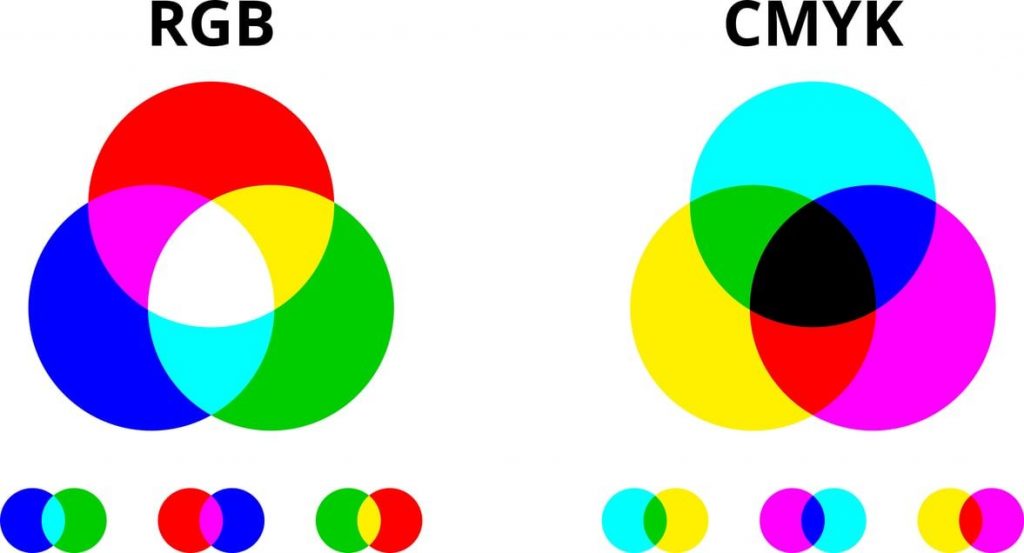It’s frustrating to spend countless hours designing a document or packaging only to discover that your printer has the audacity to print the wrong colors. The issue is not necessarily with your design. The problem is that not all printers use the same information or interpret data in the same way.
The best way to define colors is to use numbers associated with various pigments. Numbers don’t lie to us because the number values don’t change. Instead of recognizing red, green and blue (RGB) values often used on desktops, high-end digital printers use a CMYK color wheel consisting of cyan, magenta, yellow and key (black). In both processes, colors combine to print dark colors that may appear as black ink.
These variances make a big difference and result in different secondary and tertiary colors. To recap:
What is RGB?
RGB is a three-color process that stands for red, green and blue, and is most commonly viewed on desktop computer screens.
What is CMYK?
CMYK is a four-color process and stands for cyan, magenta, yellow and key (black), and is preferred for use on printed materials because it helps achieve a true color.

Here, we’ll take a closer look at why printers don’t all print the same and what you can do to get the best color output possible.
Printer Colors vs. Desktop Colors
First, let’s consider that in a typical desktop program like Microsoft Word, the specific colors you choose are represented by the RGB system which is intended for viewing on a computer monitor, not the printed page or products. Now imagine you invented a product that contains both plastic and metal components, and both materials need to be bright red. You found a manufacturer who can build your product, however, you want both the plastic and metal to be the same, exact red color you specify.
With so many shades of red available, how are you going to do it? The good news is that you can specify the color of your product based on the CIE Chromaticity Diagram, also known as the LAB color space. In this diagram, all colors in the same location in this color space look the same to a standard observer.
The LAB color space is the Universal Translator for different devices and is more accurate than both RGB and CMYK. If you use LAB colors in your software program, such as Photoshop, the colors may convert to CMYK or RGB when printed. Because your desktop program might use different starting values than your printer (RGB versus CMYK), the colors you expect to see on your printed document often disappoint.

Source: https://www.gflesch.com/blog/cmyk-printing#:~:text=What%20is%20CMYK%3F,the%20best%20color%20output%20possible.

